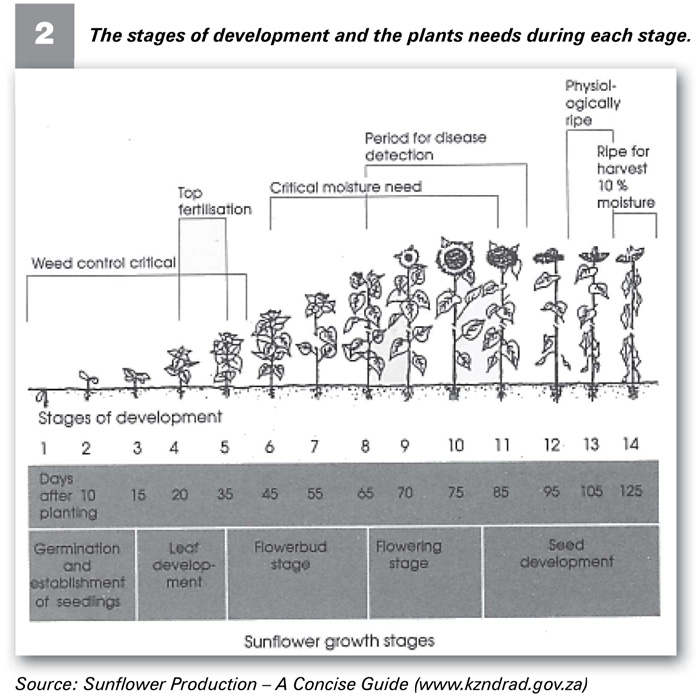This week I chose to read Applying the Multimedia Principle and look into Sketchnoting. I chose these two because I think they could go hand in hand for teachers and students.
First, what does “applying the Multimedia Principle” mean? The Multimedia Principle is the idea that people learn better from words and pictures than just words by themselves or just pictures by themselves. The chapter explains that the use of multimedia (words and pictures) in a lesson encourages active, meaningful learning. Further, just using words alone encourages shallow, 1-dimensional learning. The authors completed a study where students were given a lesson that only used words, no pictures. Another group where given a lesson on the same topic, but this time pictures and words were used. Both groups then took a test on the topic, and the group that received the multimedia lesson performed better on the test than the other group. The authors concluded that students scored higher because they were able to connect pictures and words to create meaningful representations for what they were learning.
While the Multimedia Principle is proven to be beneficial, the authors note that the words and pictures of a lesson should be created at the same time. In other words pictures should not be an after thought to the words. With this in mind, the authors explain seven types of graphics and when the should be used. Let’s say you want to teach a science lesson on the lifecycle of a sunflower (a common science lesson in grades K-2).

When designing your lesson you may want to open by explaining that flowers are a living thing and because they are living they follow a life cycle. At this time you have not specified the type of flower that the lesson will focus on. So you might include an image of a garden full of different types of flowers. This would be considered a Decorative Graphic because the image has no substantial value to the lesson. It does not identify the object students will learn about, so it is just a general image to make things look nice. These images are not bad to include, but they will not enhance student learning because they are not purposeful.

After you introduce the lesson, you specify that the class will be learning about the life cycle of a sunflower. You my ask students if they know what a sunflower is and ask them to describe it before showing them a picture of a sunflower. Displaying the sunflower image would be a Representational Graphic. Representational graphics show students the specific object they will be learning about. At this level of graphic, the Multimedia Principle is beginning to be applied because the image identifies the lesson topic. In other words, it is purposeful.

Moving forward in the lesson you may talk about what a life cycle is and how long the typical sunflower life cycle lasts. While talking about the life cycle timeline, you may show students a graph that highlights each stage of the cycle and how long it takes. This would be a Relational Graphic because it is a graph that shows sunflower growth in relation to time. Graphs are great visuals for students to understand how two things are connected and evolve.
To go along with the the time v. growth graph, you may want to show your students a table or a chart that lays out the information from the graph. Including any chart or table to your lesson is an Organizational Graphic because it organizes information for your students in a way that easy to process. Including charts or tables are great because they often summarize information that was collected over a long period of time instead of reading though lengthy explanations.

Now that you have displayed some data to your students, you are ready to move into the actual life cycle stages. To do this you may show your students a graphic that shows each stage of the life cycle and explains it. This graphic is important because it is the bulk of your lesson and it is what you want your students walk away understanding. This is called an Transformational Graphic because it shows change over time and highlights each step of the process. While our example lesson focuses on a lifecycle, these graphics can be used to show any type of change or explain the stages of any process.

Finally, you have explained the life cycle stages of a sunflower. You and your students have examined and discussed each stage, so you are ready to close and summarize your lesson. At this time you show your students a diagram of the sunflower life cycle. This will be the graphic they refer back to as quick reminder what the cycle looks like and what each step is. This diagram is called an Interpretive Graphic because it provides visuals for an invisible relationship. These images show how something actually works and will likely be the image that students refer back to the most.
As I mentioned above, I also dove into the Sketchnoting tutorial. Sketchnoting is when you take notes and include little images to go alongside the notes as visual cues. A person might draw a single image, or they may draw an entire diagram or chart when Sketchnoting. It is essentially applying the Multimedia Principle to note taking. If we go back to our sunflower lesson, the teacher could just hand out the notes with all of the graphics included. However, they could also make students Sketchnote the lesson. In order to make it fair to everyone, the teacher would need to provide more time for everyone to draw, so the lesson may take longer to get through. But I would argue the lesson would be more beneficial to the students if they had to Sketchnote it, instead of just reading through premade notes.
Overall, I think the Multimedia Principle and Sketchnoting are skills that teachers and students to practice often.

Leave a Reply
You must be logged in to post a comment.